Thermaltake Toughpower DPS G RGB 850W PSU Review
In addition to its flagship Titanium line, Thermaltake also equipped the DPS G Gold family with an RGB fan. The highest-capacity model outputting up to 850W is our test subject today.
Why you can trust Tom's Hardware
Packaging, Contents, Exterior, And Cabling
Packaging







The box's design is the same as Thermaltake's TPG-1250D-T. Of course, there's an 80 PLUS Gold badge in the bottom-left corner this time, along with a different capacity description. The word "RGB" is printed in the three respective colors, and the product's most interesting features are highlighted using extra-large fonts. Thermaltake also uses the new term "VR ready," though that doesn't mean anything. It's just another marketing slogan.
An overview diagram of the SPM platform's architecture is provided on the side of the box, while around back, a short feature list mentions the digitally-controlled fan lighting, Japanese capacitors, 32-bit controller, 80 PLUS Gold efficiency, the single +12V rail, and the complete list of protection features. There's also a list of power connectors, along with a specifications table.
Contents


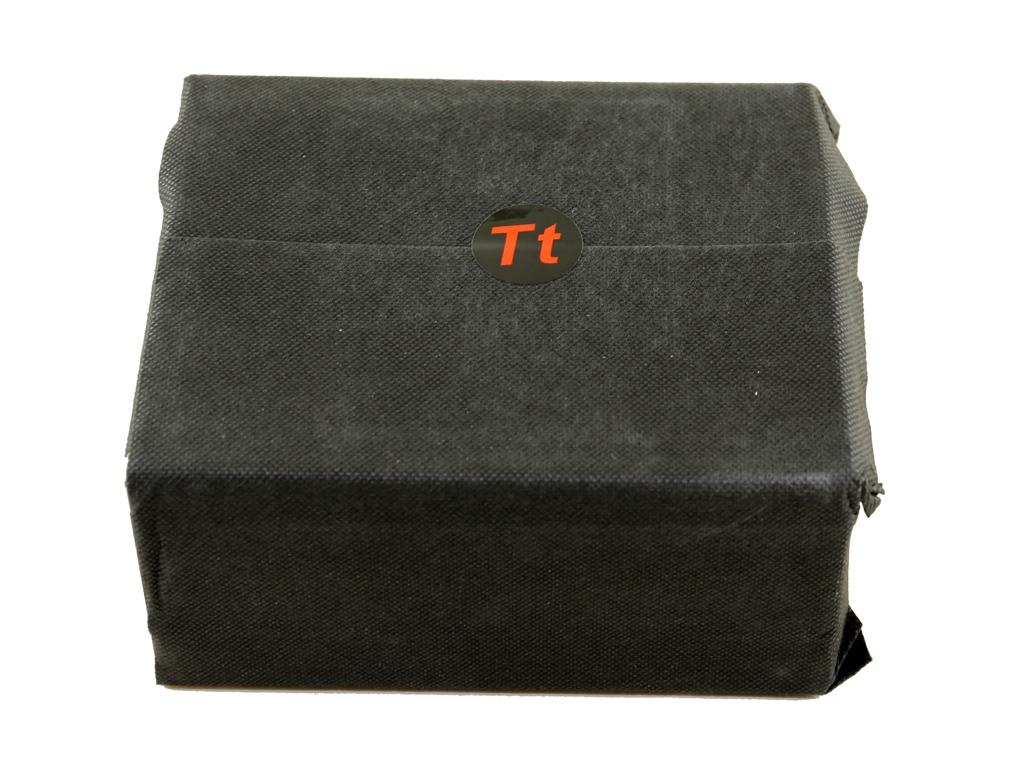
Inside the box we find packing foam and a pouch for the modular cables. The PSU is wrapped in a cloth rag with TT's logo printed on it.

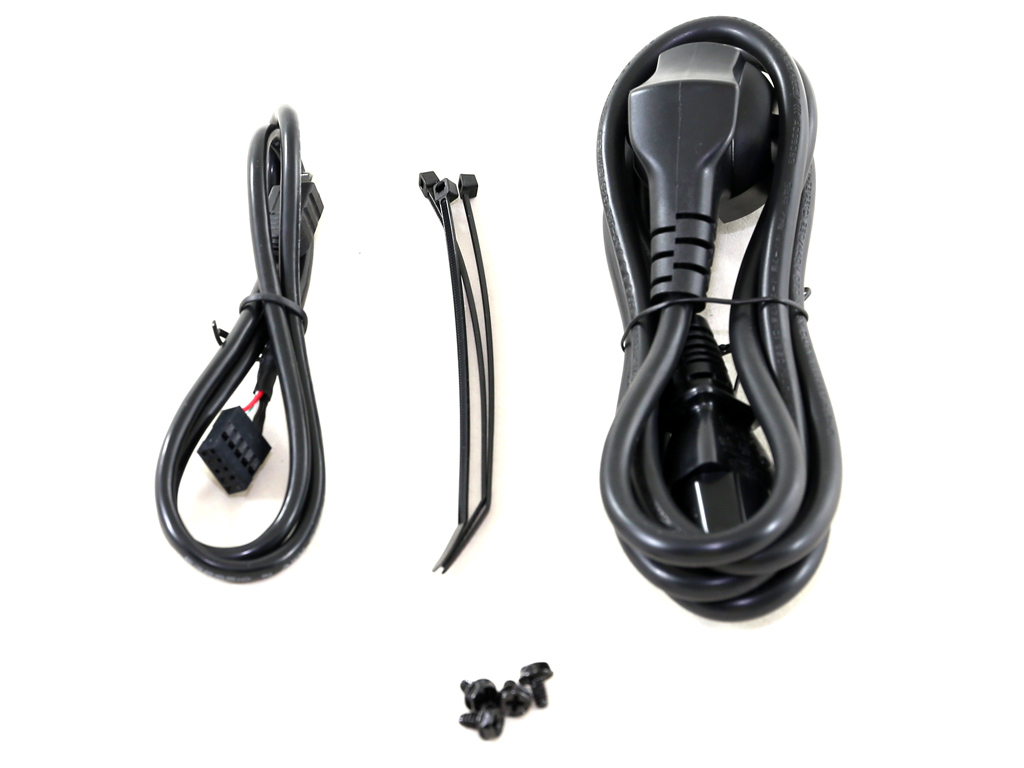

In addition to the expected paperwork, Thermaltake's bundle includes a set of zip ties, mounting screws, an AC power cord, and a USB cable for connecting the PSU to your motherboard.
Exterior

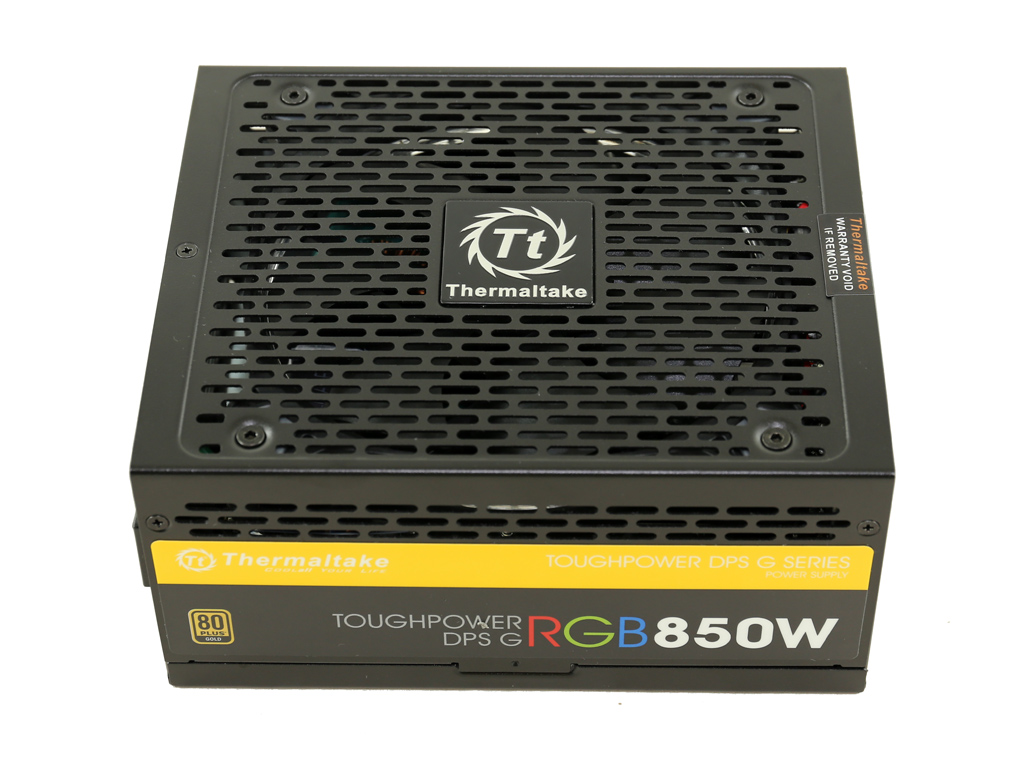

The increased number of perforations on the chassis surely improve airflow. Up front, the power switch looks tiny compared to what we saw on Thermaltake's TPG-1250D-T. In addition, a sticker covers the AC socket to let you know that the PSU's fan won't operate under light loads. This ensures the feature is noticed.
Large decals on the sides depict the PSU's model number and 80 PLUS Gold certification. The power specifications label is pretty large, covering a significant part of the TPG-0850D-R's bottom.
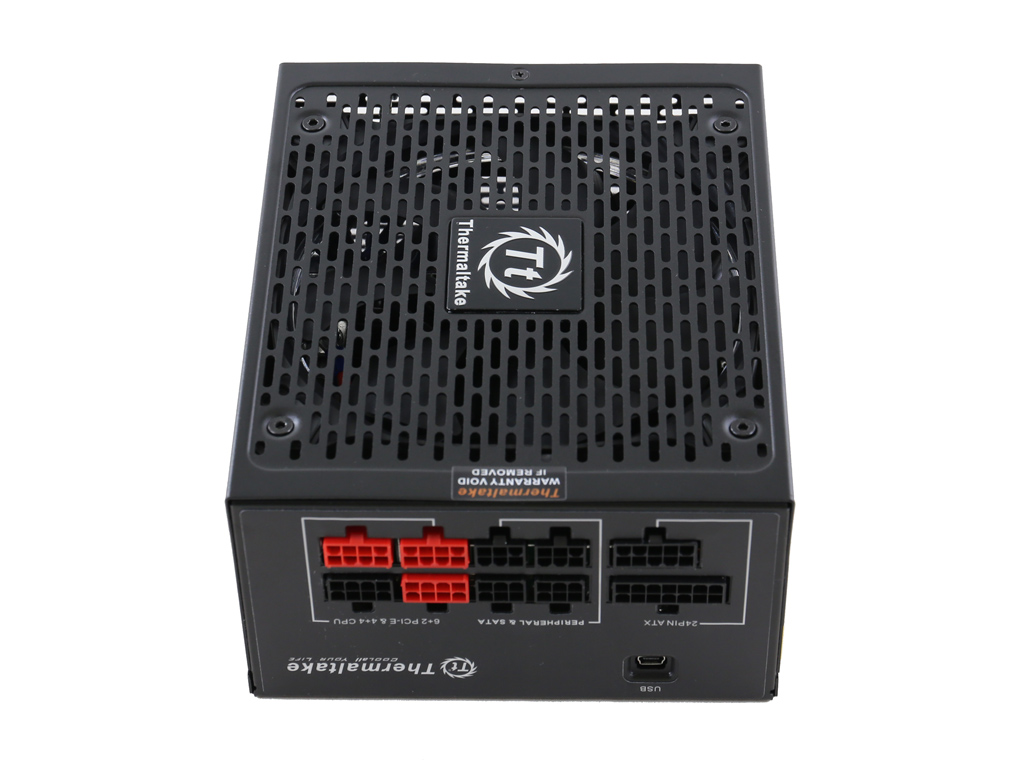

Around back, the red sockets are for PCIe cables, each of which hosts two connectors. Unfortunately there is only one eight-pin socket for the EPS cable with its one connector, so you can't step up to a second one for high-end motherboards needing more juice.
Get Tom's Hardware's best news and in-depth reviews, straight to your inbox.
The number of six-pin sockets for peripheral and SATA connectors is low, given the kit's cable count. That means you can't have all 12 SATA and eight peripheral connectors available at the same time. Then again, we don't think that's a problem for most builders.

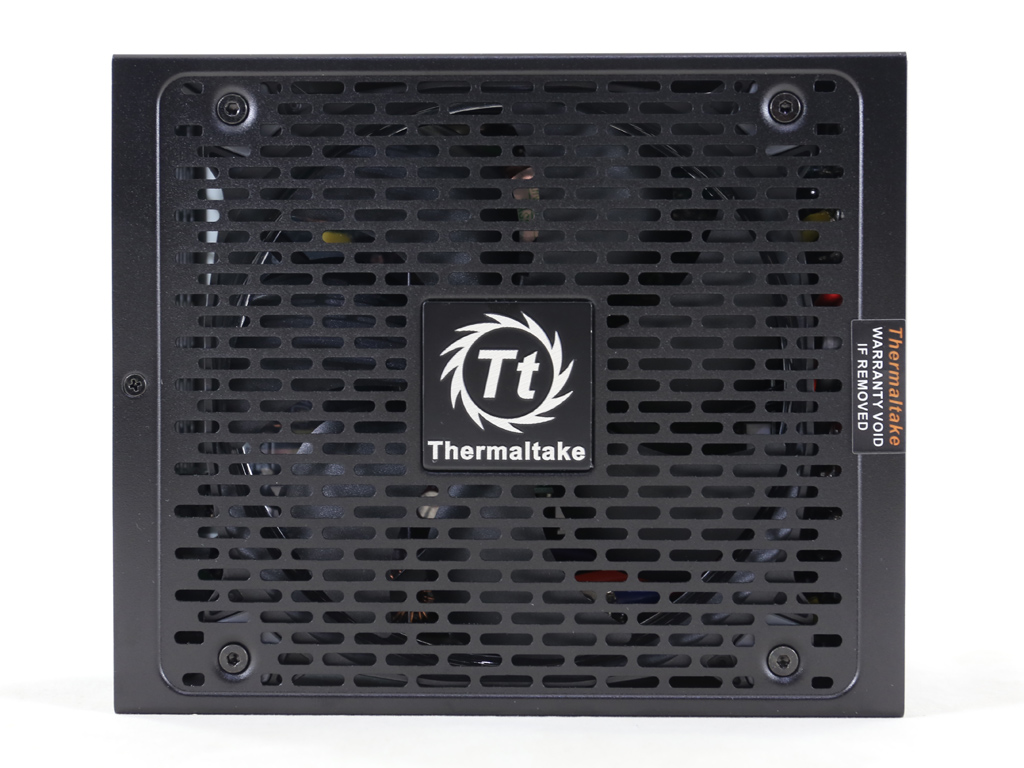


Cabling
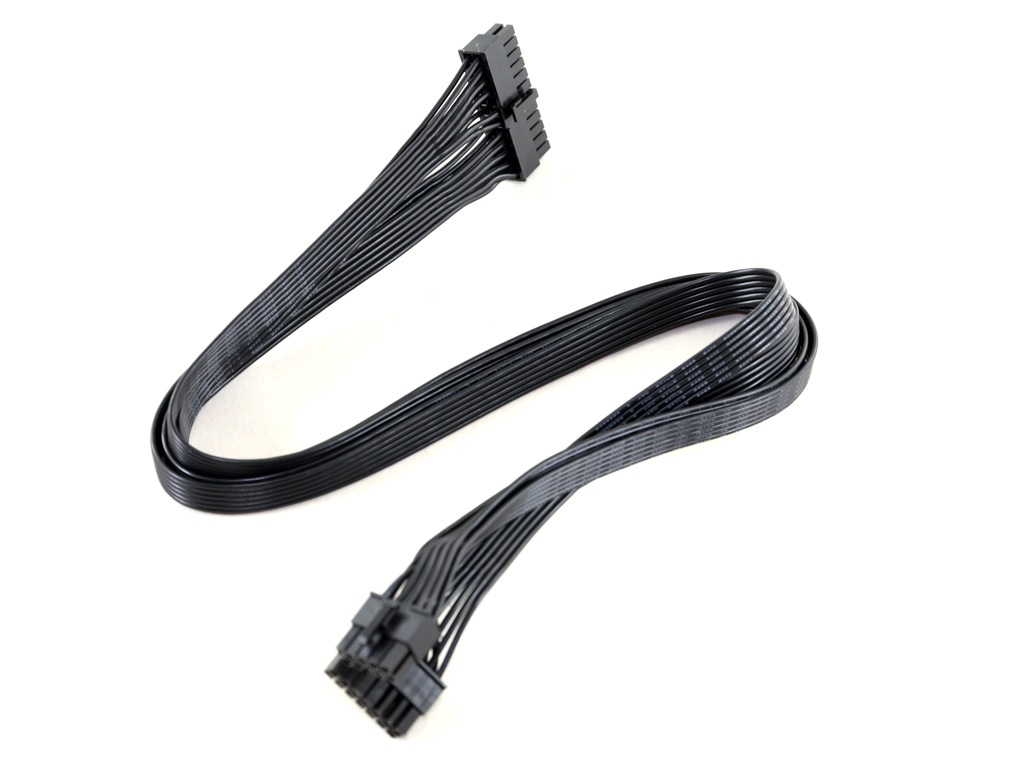





The cables feature dark, ribbon-style wires. Besides being stealthy inside of black cases, they'll also do less to impede airflow.
Current page: Packaging, Contents, Exterior, And Cabling
Prev Page TPG-0850D-R Power Supply Review Next Page A Look Inside And Component Analysis
Aris Mpitziopoulos is a contributing editor at Tom's Hardware, covering PSUs.
-
powernod -It's not exactly a PSU-related question but more likely a general one.Reply
From the pictures from the monitoring software, i can notice that this software is able to measure CPU and GPU temperature. Do you have any idea if such monitoring is (relatively) accurate?
-Excellent review Aris !! -
Aris_Mp it takes readings from the system's (actually the individual components') sensors. If those are accurate then the software's readings will be accurate as well. Normally they are accurate.Reply -
Nuckles_56 That 12V transient response was certainly interesting, I don't think I've seen one do anything like that beforeReply -
turkey3_scratch Reply18886218 said:That 12V transient response was certainly interesting, I don't think I've seen one do anything like that before
Do what? -
Nuckles_56 Reply18886236 said:18886218 said:That 12V transient response was certainly interesting, I don't think I've seen one do anything like that before
Do what?
Go and plummet back down to almost 0V during the test -
turkey3_scratch Reply18887052 said:18886236 said:18886218 said:That 12V transient response was certainly interesting, I don't think I've seen one do anything like that before
Do what?
Go and plummet back down to almost 0V during the test
I don't think you're reading the transient response graph properly. It's not a measure of voltage but a measure of ripple (well, technically that is a measure of voltage but it's more a measure of instantaneous offsets of an average, or a highly zoomed in sector).
That or I am just missing something. I probably am. Not sure what I'm missing though. Forgive my ignorance. -
Nuckles_56 For this graph http://media.bestofmicro.com/ext/aHR0cDovL21lZGlhLmJlc3RvZm1pY3JvLmNvbS9TLzYvNjIxNzk4L29yaWdpbmFsLzEydl9vZmYuanBn/r_600x450.jpg I hope that I'm not reading it that badly wrongReply -
sparkyman215 Fantastic review Aris! I absolutely love reading in depth articles about anything. Terrible PSU for the price, but it's an awesome review. Congrats!Reply
